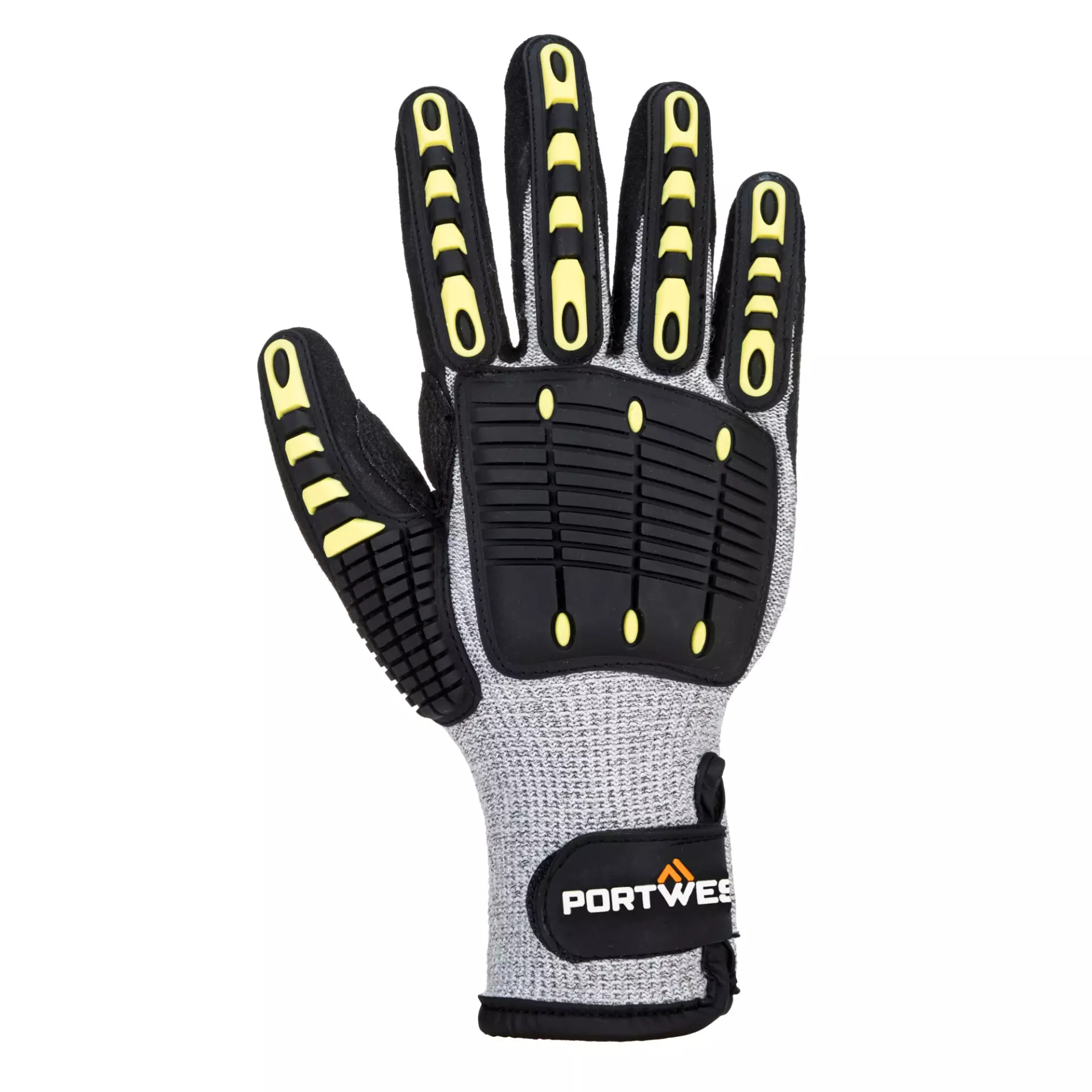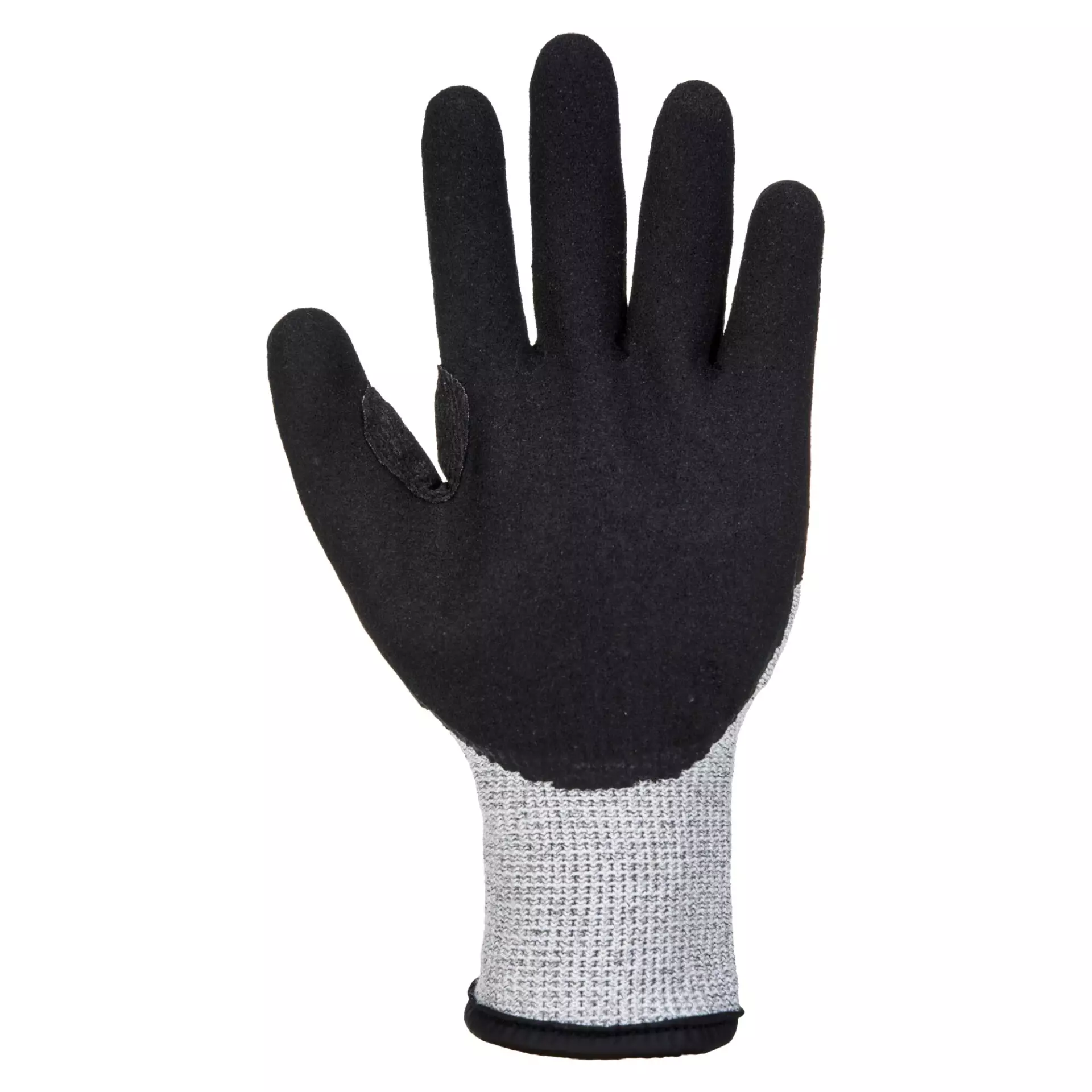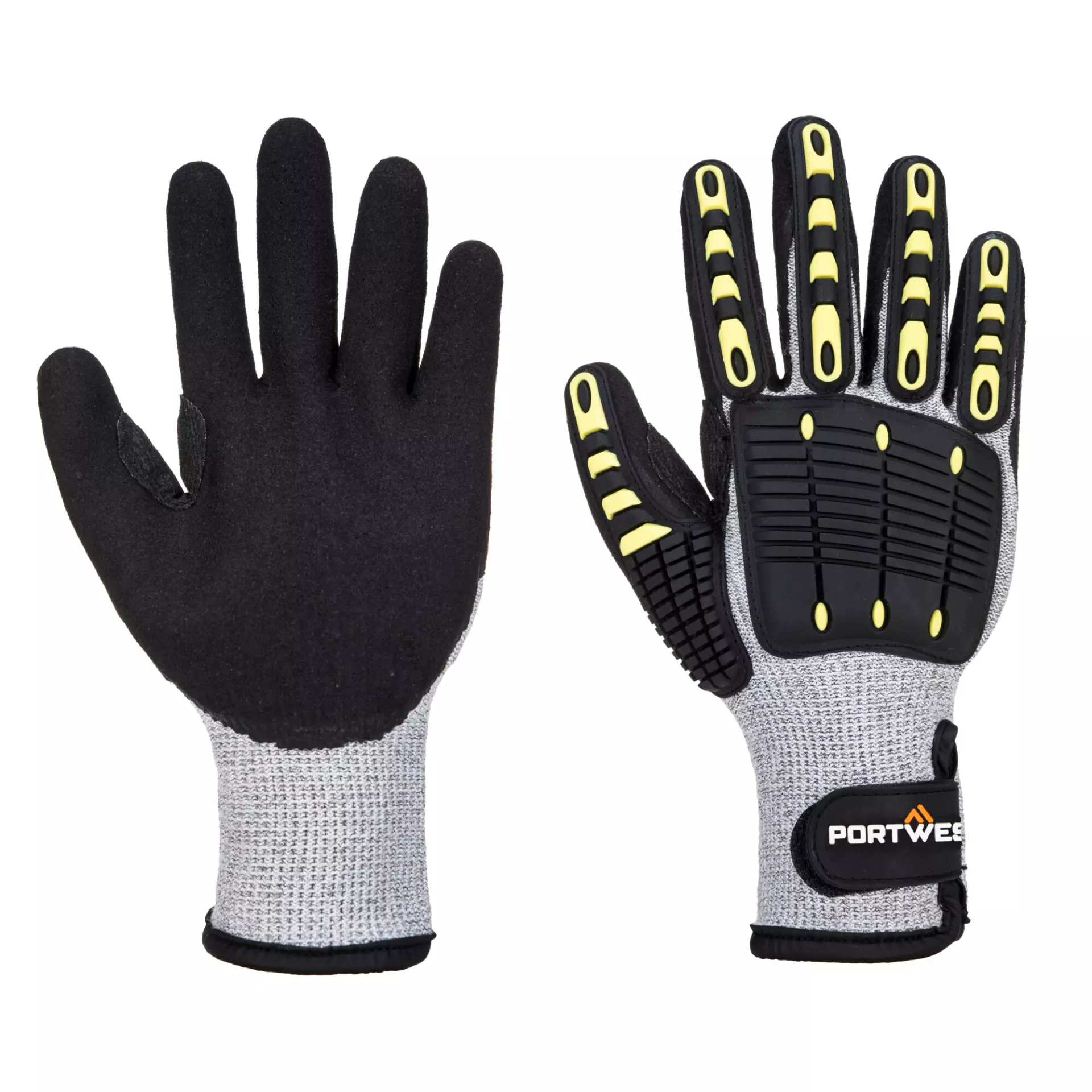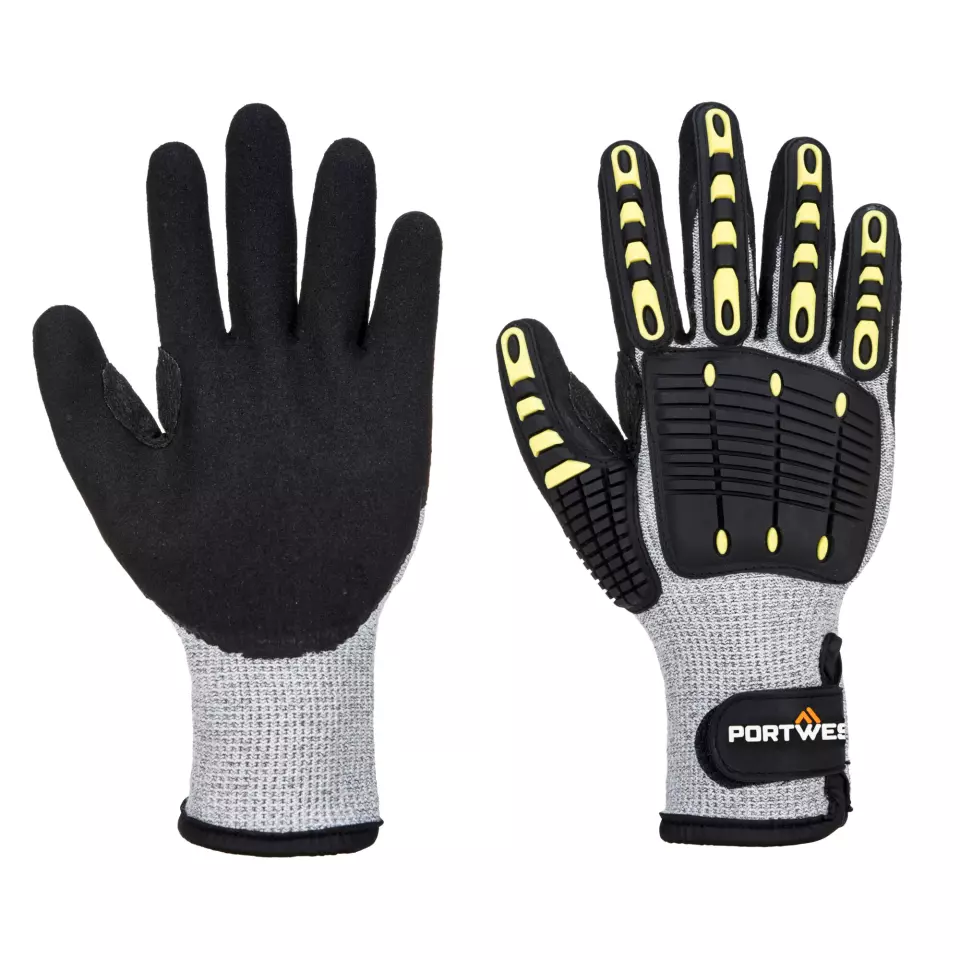


Features You'll Love

EN 511 · Cold Contact Level 2
This glove provides good insulation when directly handling cold objects for a moderate duration. It's ideal for tasks like working in cold stores or handling chilled or frozen items, offering a solid mid-range of thermal protection.
Portwest
Anti Impact Cut Resistant Thermal Glove, Grey/Black, 12 pairs
Anti Impact Cut Resistant Thermal Glove, Grey/Black, 12 pairs
4.4 / 5
190,01 €
Price per 12 pairs
15,83 € / pair
Choose size
Free delivery
Features You'll Love

EN 511 · Cold Contact Level 2
This glove provides good insulation when directly handling cold objects for a moderate duration. It's ideal for tasks like working in cold stores or handling chilled or frozen items, offering a solid mid-range of thermal protection.
Product description
This cut-resistant thermal glove features an added TPR layer for maximum impact resistance and high flexibility in cold conditions. The nitrile micro foam palm coating provides superior grip and protection against liquids and water penetration, while the ergonomic design ensures optimized comfort. With Level C cut resistance and ANSI A5 cut level certification, this glove offers comprehensive hand protection for demanding work environments.
Product Features:
- Maximum impact protection using TPR pod technology
- Specially designed for use in cold conditions
- Ergonomic design for optimized comfort
- Reinforced thumb crotch for extra protection and durability
- Wrist strap for secure fitting
Technical Details:
- 13 gauge liner constructed for durability and precise fitting
- Nitrile foam coating for excellent grip in wet and dry conditions
- Double dipped coating for durability
- Level C cut resistance
- ANSI cut level A5
Standards:
- CE certified
- EN ISO 21420: 2020 Dexterity 5
- EN 388: 2016 + A1: 2018 (4X42CP)
- EN 511: 2006 (X2X)
- ANSI/ISEA 105: 2016 CUT Level (A5)
- ANSI/ISEA 105: 2016 ABRASION Level (6)
- ANSI/ISEA 138: 2019 Level 2